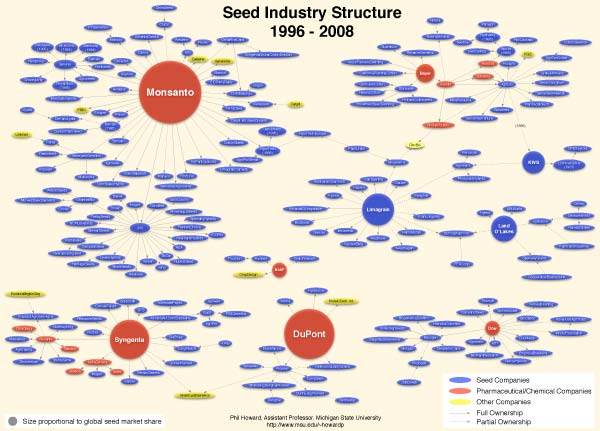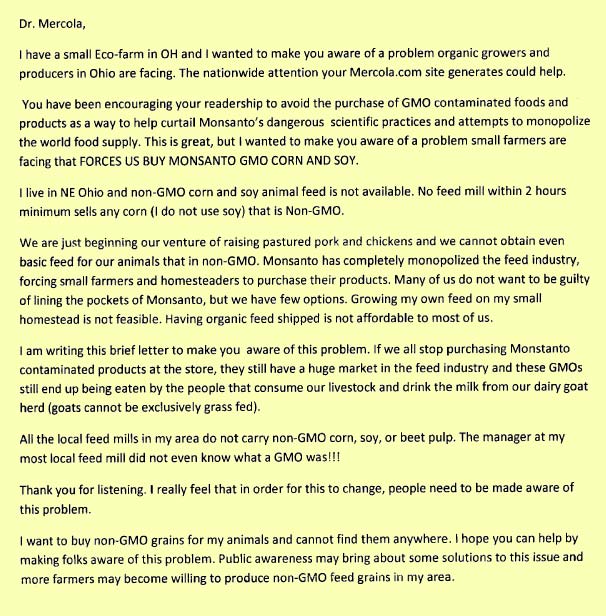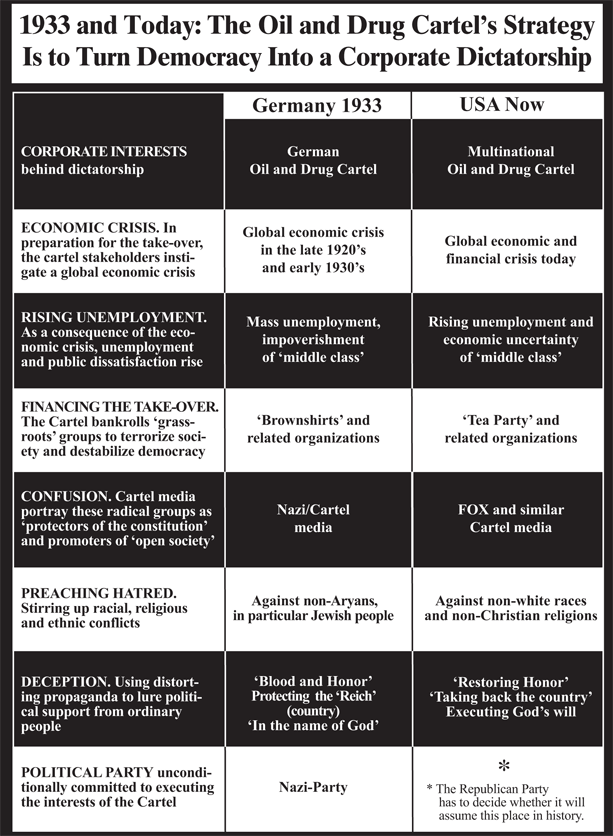Battle Lost, War to Win: (Some) Climate Scientists Fight Back | EcoSalon | The Green Gathering: "Science & Tech > HOME
November 11, 2010 at 4:11 pm by Scott Adelson
Battle Lost, War to Win: (Some) Climate Scientists Fight Back
As the dust (and political garbage) of the election settles, it’s time to take a breath of clean air, regroup and see the fear for what it was. Hyperbole, right? Scare tactics from The Left. Doomsday predictions if polluter-sponsored climate deniers won the day. Yes. It’s going to be fine. Just breathe.
Cough.
Okay, so it wasn’t hyberbole. What happened in last week’s elections was a serious body blow to the environmental movement and it’s going to be all we can to do to weather the anti-science storm that’s about to go down. Know this: Half of the new congressmen deny climate change. And they’re arriving in D.C. on a wave of cash supplied by some of the world’s most egregious corporate polluters. Tying ourselves to mast isn’t going to cut it. Make no mistake. These people want to turn the environmental protection clock backward.
This is why I got all excited the other day when I read a story in the Los Angeles Times saying that “faced with rising political attacks,” the non-partisan American Geophysical Union (AGU) – the world’s largest, not-for-profit, professional society of Earth and space scientists, with more than 58,000 members in over 135 countries – “plans to announce that 700 climate scientists have agreed to speak out as experts on questions about global warming and the role of man-made air pollution.”
Consider the milquetoast approach to taking it to the streets that’s gone down since Al Gore did his heavy lifting back in 2006 (with his powerful documentary, An Inconvenient Truth and subsequent Nobel Peace Prize). And remember the ugliness of the media rollover on Climategate, and then its pitiful and measly coverage of the debunking of the scandal. Left vs. Right aside, the tendency of progressives to make too many assumptions and preach to their own choir has resulted in this electoral cycle’s “mandate” against climate science reality. Non-partisan scientists getting heavily proactive (if it can still be called that) seems critical right now.
So I did a little research on the piece and here’s the thing: The AGU immediately denied the story (which had already been picked up by news outlets and then the blogosphere at large) saying the report of their push-communication effort was bogus. “In contrast to what has been reported in the LA Times and elsewhere, there is no campaign by AGU against climate skeptics or congressional conservatives,” says Christine McEntee, Executive Director and CEO of the American Geophysical Union. “AGU will continue to provide accurate scientific information on Earth and space topics to inform the general public and to support sound public policy development.” What the AGU is instead doing, says its release, is “relaunching” an ask-for-info-and-we’ll-give-it-you Q & A service for journalists to coincide with the upcoming UN Climate Change Conference in Cancun, Mexico.
This begs the question: What’s the problem here? Haven’t we learned that laying facts on the table and then walking away from them in the hopes that they will be eagerly devoured by a truth-hungry public is just well – milquetoast? I don’t want to jump on scientific groups who, like the AGU, don’t want to be advocates involved in any “commentary” on policy, but when are our specialists going to leave their towers and hit the streets with what they know?
I mean, hey, white coats, your high-profile presence is required! Here’s what was accurately reported in the LA Times story: Now-powerful congressmen such as Darrell Issa of California, Joe L. Barton of Texas and F. James Sensenbrenner Jr. of Wisconsin have pledged to “investigate the Environmental Protection Agency‘s regulation of greenhouse gas emissions” and the Climategate scandal.
Oh, and then there’s John Shimkus of Illinois (who wants to head the Energy and Commerce Committee) on why we need not worry about climate change: “God will decide when to end the Earth, not man.”
Cough.
As near as I can tell, the LA Times story may have been triggered by the activity of John Abraham of St. Thomas University in Minnesota, a scientist and climate science advocate who is involved in putting together a “climate rapid response team,” which “includes scientists prepared to go before what they consider potentially hostile audiences on conservative talk radio and television shows.” So far, his effort reportedly has dozens of leading scientists on board to “defend the consensus on global warming in the scientific community.”
Here’s what we need to hear more of: Scott Mandia, professor of physical sciences at Suffolk County Community College in New York, says “this group feels strongly that science and politics can’t be divorced and that we need to take bold measures to not only communicate science but also to aggressively engage the denialists and politicians who attack climate science and its scientists. We are taking the fight to them because we are, tired of taking the hits. The notion that truth will prevail is not working. The truth has been out there for the past two decades, and nothing has changed.”
Abraham wrote about his efforts in the guardian.co.uk (on the same day as the LA Times story), where he also mentioned the (later denied) AGU plan. In the piece, he points out that (wait for it…) “Scientists have not been effective communicators” as while “approximately 97 percent of the top climate scientists believe we have a problem – the general public and members of government are split on this issue.”
Perhaps prescient of the AGU’s shy stance, he adds, “It is a shame that scientists have to take personal and professional risks in order to be good citizens of the planet. It doesn’t have to be this way.”
Maybe I just have some post-election blues, but before the dust truly settles here, perhaps we had better kick it up again and maybe – (cough) – we could use some more noise from the folks in white.
Image: NASA Goddard Photo and Video
























How Does the Placebo Effect Work?
The Placebo Effect Has Been Working for Decades
The Antidepressant Scam
Knee Surgery: Another Classic Placebo Effect
How to Use the Placebo Effect in Your Own Life